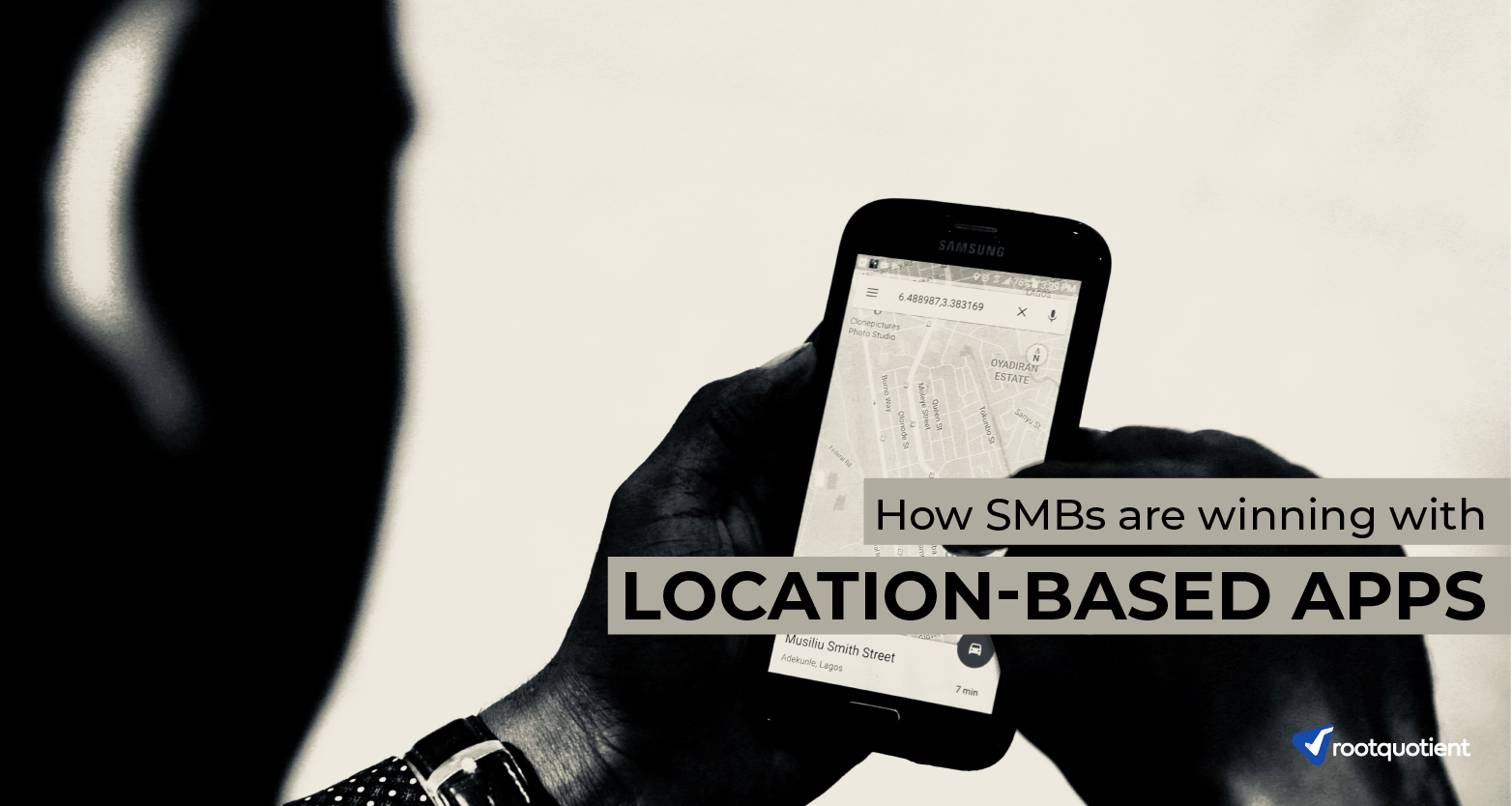Location-based applications, native or cross-platform, have been adopted by small and medium businesses (SMBs) to boost their services. Services, especially in a brick and mortar establishment, do not find it easy to reach consumers without intense marketing. It only makes sense that these businesses find potential customers in close proximity using the mobile phone’s GPS. With almost all every day apps like Instagram, Maps, Uber, etc., utilizing a person’s location, it is not difficult for the SMBs to make use of the same. With increasing revenues on mobile applications, the numbers are expected to reach a mammoth $188.9 billion in 2020, according to Statista. What better than using this to the best advantage?
Opportunities for SMBs with GPS Based Applications
1. Partnering with giants
An app like Zomato has accessed various small and big restaurants in any locality and has made sure they reach the customers in a click. The basic problem faced by a small business is easy to access to customers. When a giant includes them as part of their business, it not only makes them more visible but also gives them a chance to prove themselves in the market alongside big competitors. This platform at the same level as larger firms is not a chance to be missed.
2. Picking reviews
For any business to be validated, customer authentication plays a huge role. These apps make reviews available for people to compare and choose based on their requirements. These businesses grabbed every opportunity to let people know of their standards and quality with the help of customer reviews.
3. Ever growing range of businesses
As a consumer, we are sure that most of us have used such apps for various purposes including travel, food, accommodation, local retail, regional news, gaming and many more. Gone are the days when we received basic information on Google Maps and followed them. Specific requirements and details of services are found in these apps which accentuate easy decision making and the range of businesses found are growing with each day.
4. Basic technology to take over gigantic markets
To be honest, the beginning of location-based apps relied heavily on maps. Any smartphone was equipped with maps and this simple technology helped them link with huge networks instantly. It was this simplicity that did not drain much from these businesses appeared as a boon and let them take over gigantic markets without much hassle.
To understand why we depend on technology so much, read our blog ,Digital Technology & the Inevitable Dependence on them .
Expected Technological Trends to Continue this Growth
• Cloud-based apps
So far, GPS-based apps have been operating independently. They are expected to move in the direction of being cloud-based services becoming a key component of all technological solutions including AI, drones, simulation/modelling, data analysis, etc. This means, all apps ultimately will include location as part of their services. The impact of the comfort provided by these apps will be unmatched in the near future.
• Improved solutions
This shifts the focus from only locations to partnerships between various industries and the accuracy of the location. Old days of companies offering only a mapping database are almost over. More improved solutions can be provided only with partnerships and accuracy will play a major role in determining the consumption of commodities.
• Context-awareness
Accuracy also means context awareness of a consumer. A person might search for different services in the same location at different times and it will be vital for the apps to not bombard them with unnecessary information and understand the consumer context and help them only adapting to their needs. Since context carries numerous parameters, the definition and structure of specific contexts at a given time should be considered to provide the best services. Context has to be evaluated based on location, time, computing, user, and have a real-time understanding of the changing dynamic context.
• Inclusive technology
Early GPS-based apps used only visual representation (Ex. Maps). Technology is the only solution to be more inclusive and accessible to all kinds of people. So, the next step forward would be to use non-intrusive interfaces like audio, touch, gaze, gestures, etc. that caters to the needs of anyone who uses alternative ways of communication. Smartwatches, digital glasses, head-mounted displays are some of the existing alternate devices in use.
A person’s location is enough to bring the world around to their hands. One cannot help but notice that this beginning is already highly advanced in terms of technology. The only way is forward from here and the future looks brighter than ever. We, at Rootquotient, help build such apps to open more doors of revenue for your business. To know more, talk to our experts.
